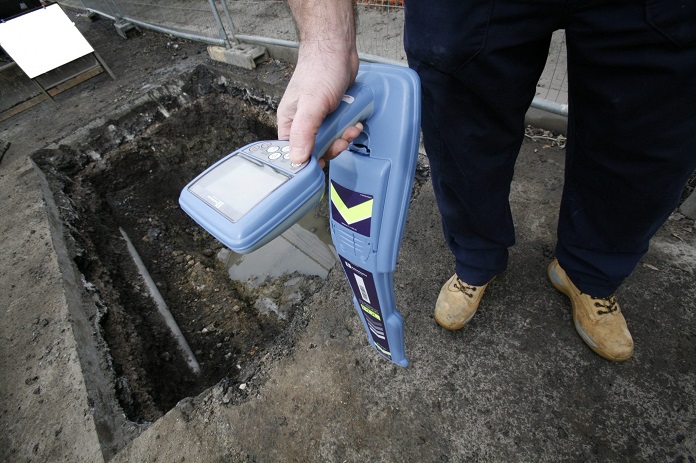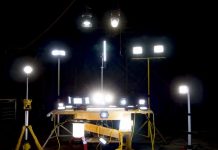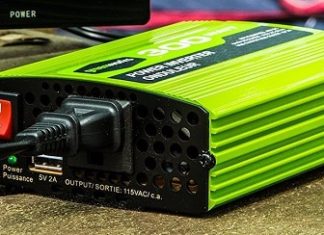Any project that involves excavation and digging relies heavily on an underground service locator to ensure there’s no damage done to the underground utilities located around the work site. Regardless of whether that’s laying down new utility cables and lines, or a full on construction project, a service locator can save you a lot of time, money and negate the risk of injury.
When it comes to their availability in Australia cable locator wholesalers and retailers offer a wide assortment of models that have a wide variety of features and specifications. That being said, conducting proper research not only about the manufacturer, but also about the representative that sells the equipment can ensure you get the right deal. If possible, ask for a free on-site demonstration. If you’re inexperienced, there are many Australia cable locator experts who offer training.

Most modern underground service locators have a great reach and can easily pierce through any type of surface. They can estimate the depth of the cable or utility line, and give you the feedback about what exactly you’re dealing with. In other words, underground service locators can precisely locate and distinguish whether a utility line is a fiber optic cable, power line, gas line, water line, sewer, and even CATV cables. When you combine their ability to determine the precise location and depth of the utility, with their ability to distinguish the different types of utility lines, you get the best way to prevent damage and injuries around the work site.
Utility cable locators are comprised of a receiver and a transmitter. The transmitter sends a signal under the ground and the receiver…well, receives the feedback. There are two popular techniques when it comes to looking for underground utilities, namely – active and passive sweeps. Passive sweeps are typically used to look for unknown, inaccessible or abandoned utilities. Active sweeps, on the other hand, are typically used for locating active utilities with the help of connection clips or transmitter clamps.
Thanks to modern underground service locators, what was once a great concern and issue is now a mere inconvenience. A few decades ago, what most underground service locators could find was buried water, gas and server lines. Nowadays, there are various different types of underground utilities that are significantly more complex, like telecommunication and optic cables. Lastly, they allow all on-site workers to go about their tasks without the fear of injury or damaging any hidden utilities. This saves time and money, and increases the efficiency and productivity of the workers.















